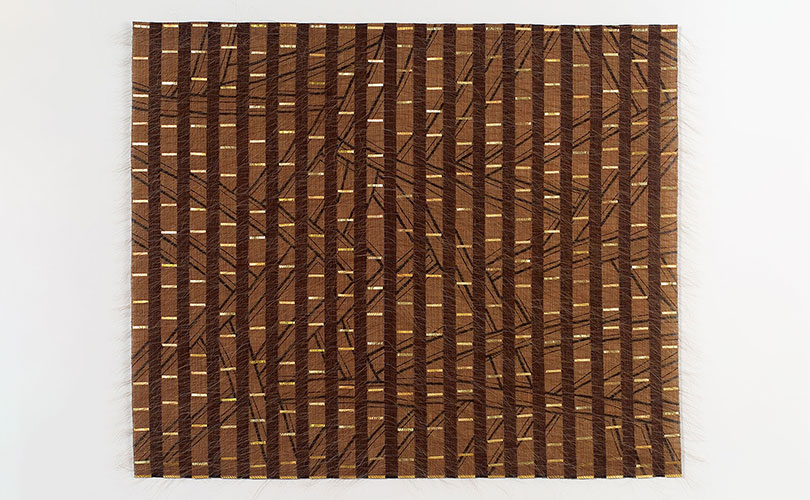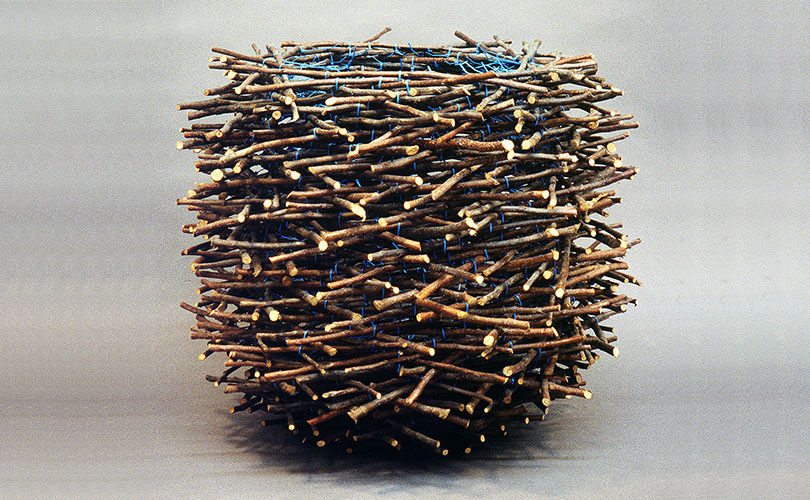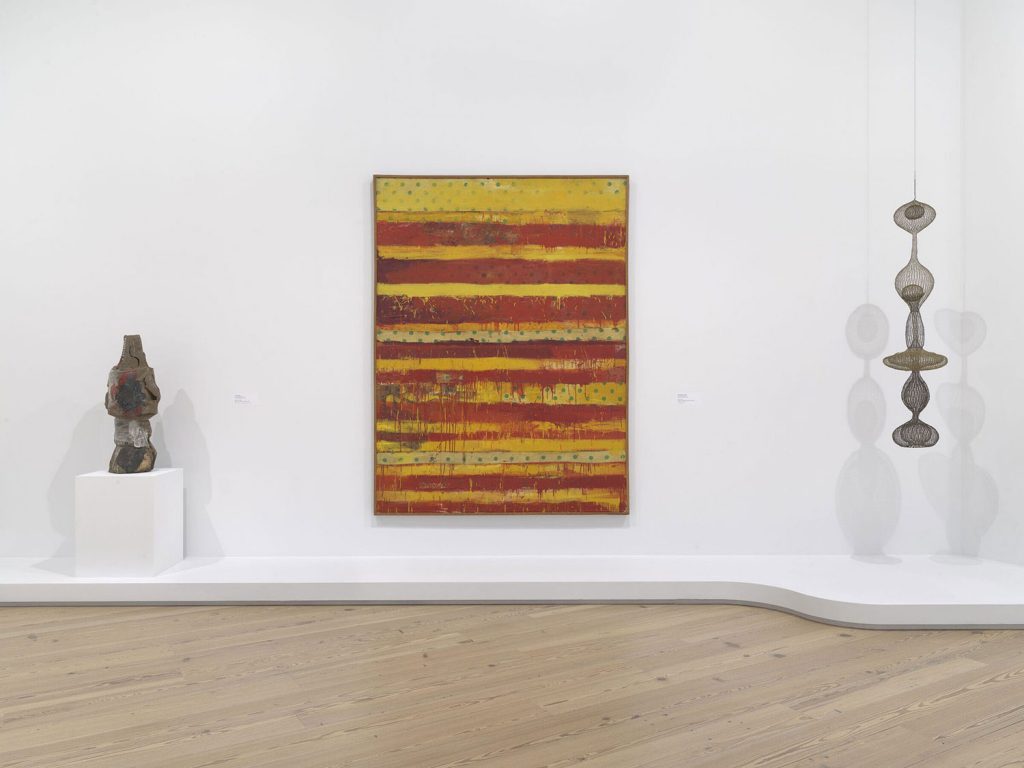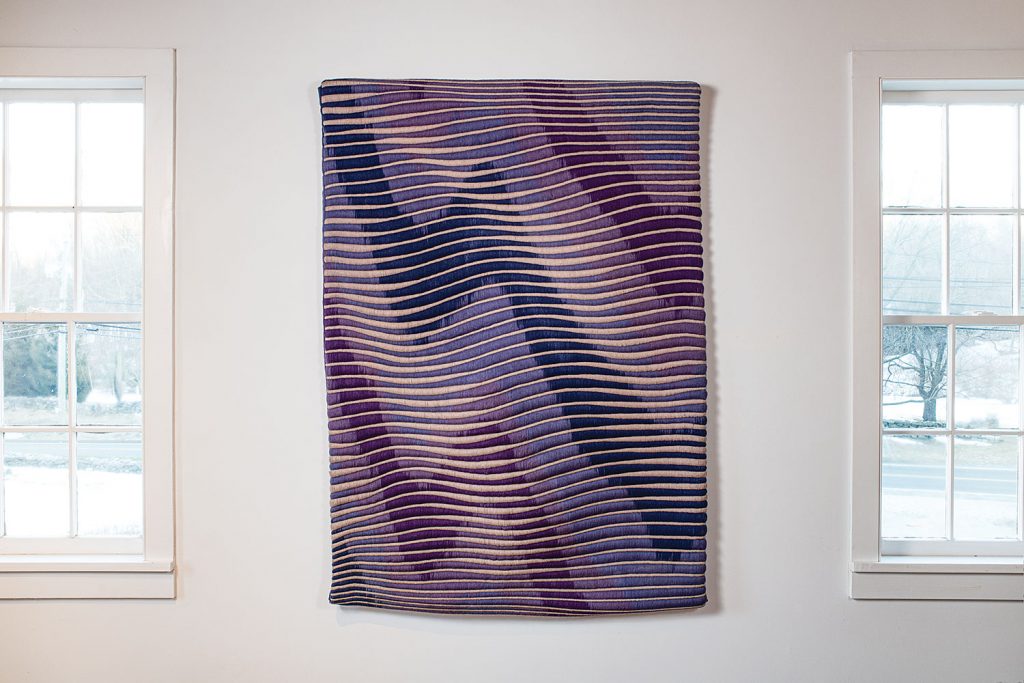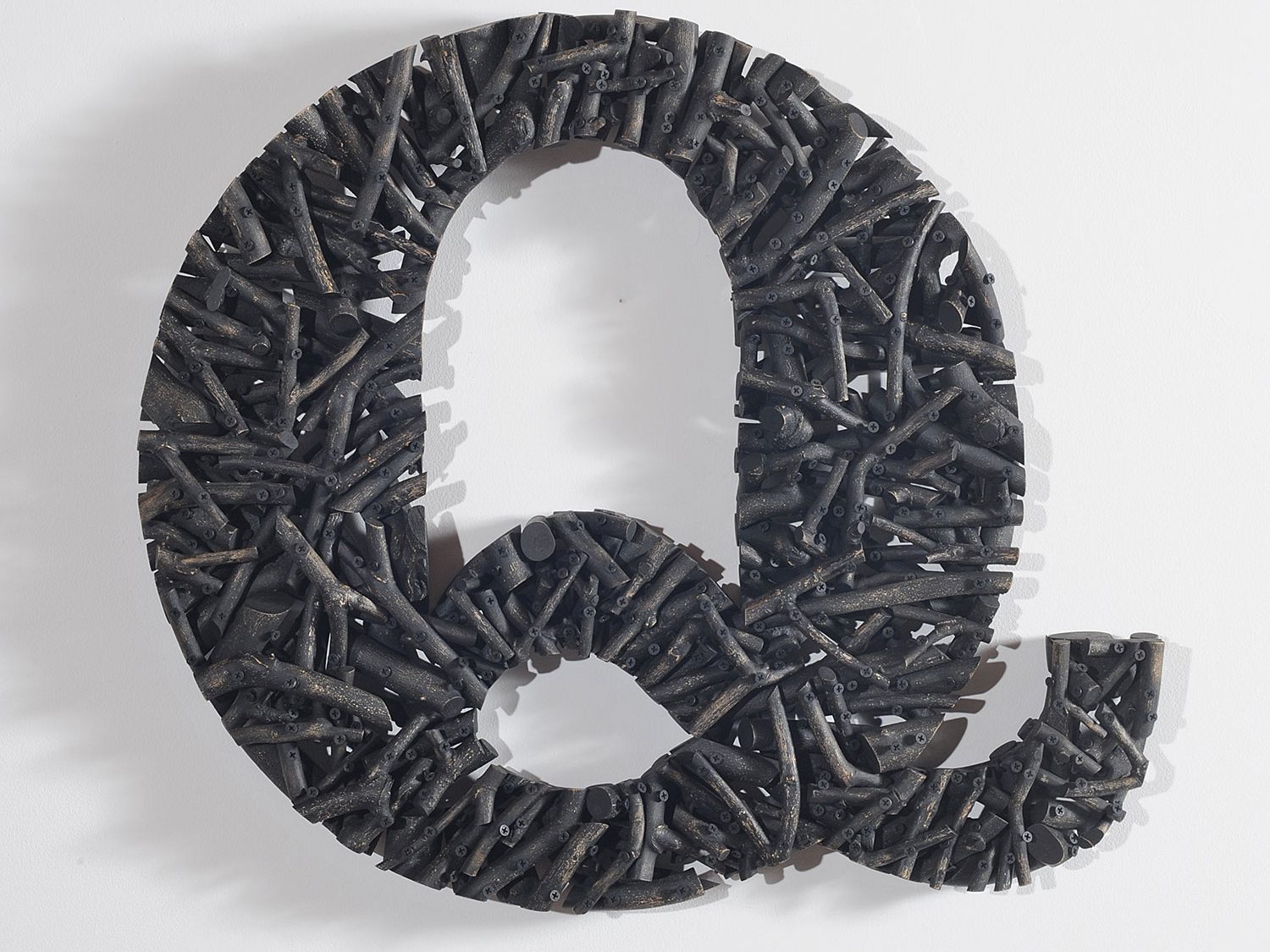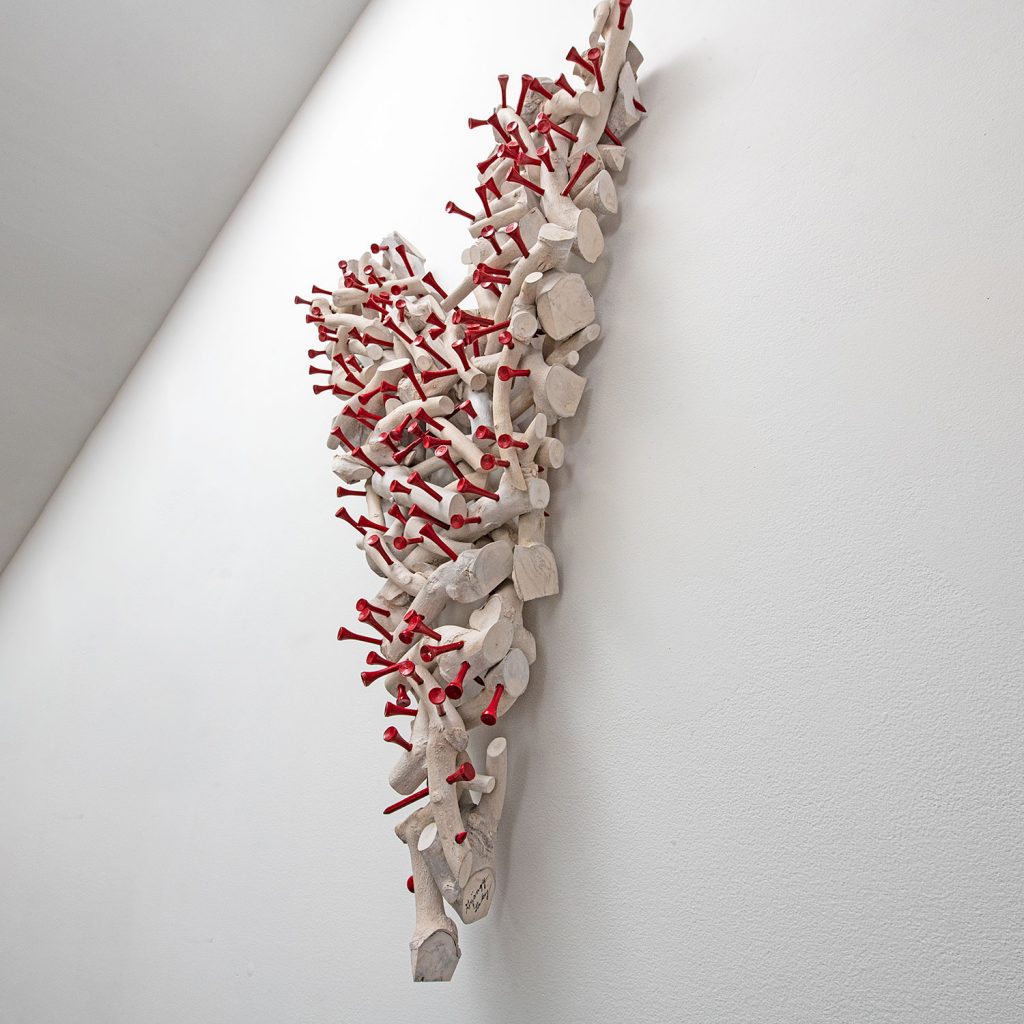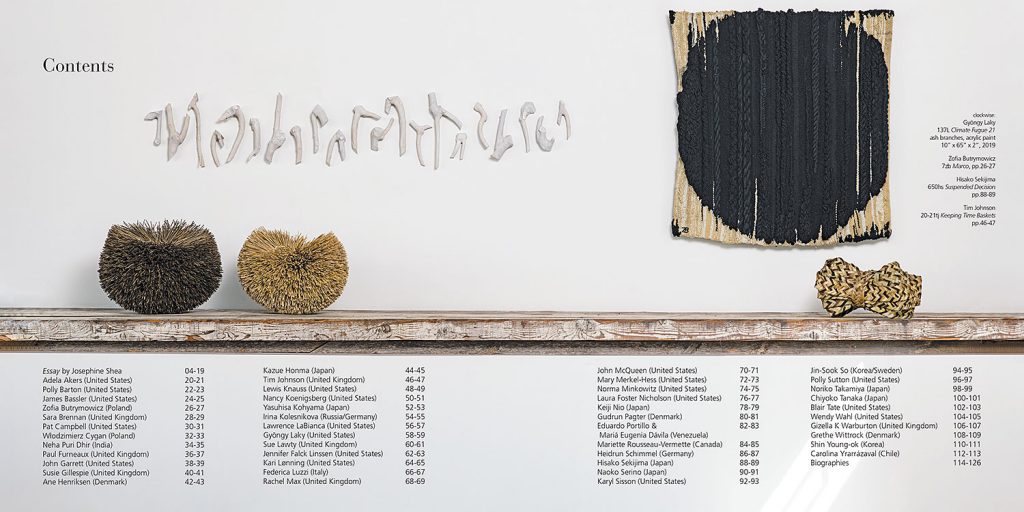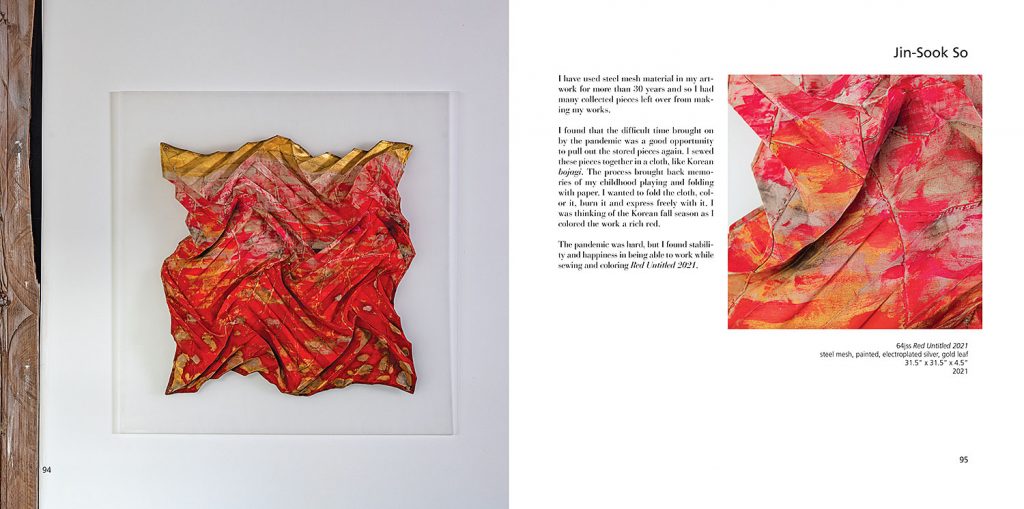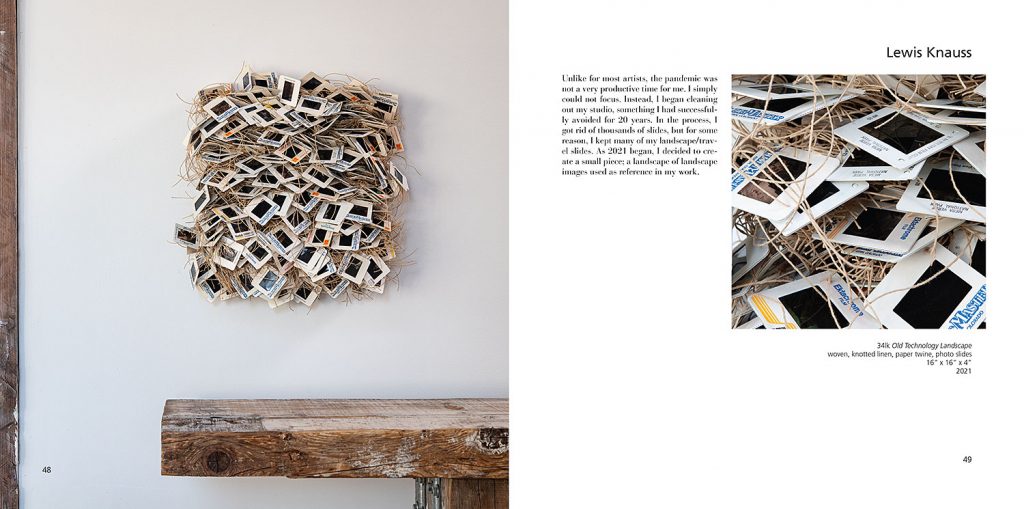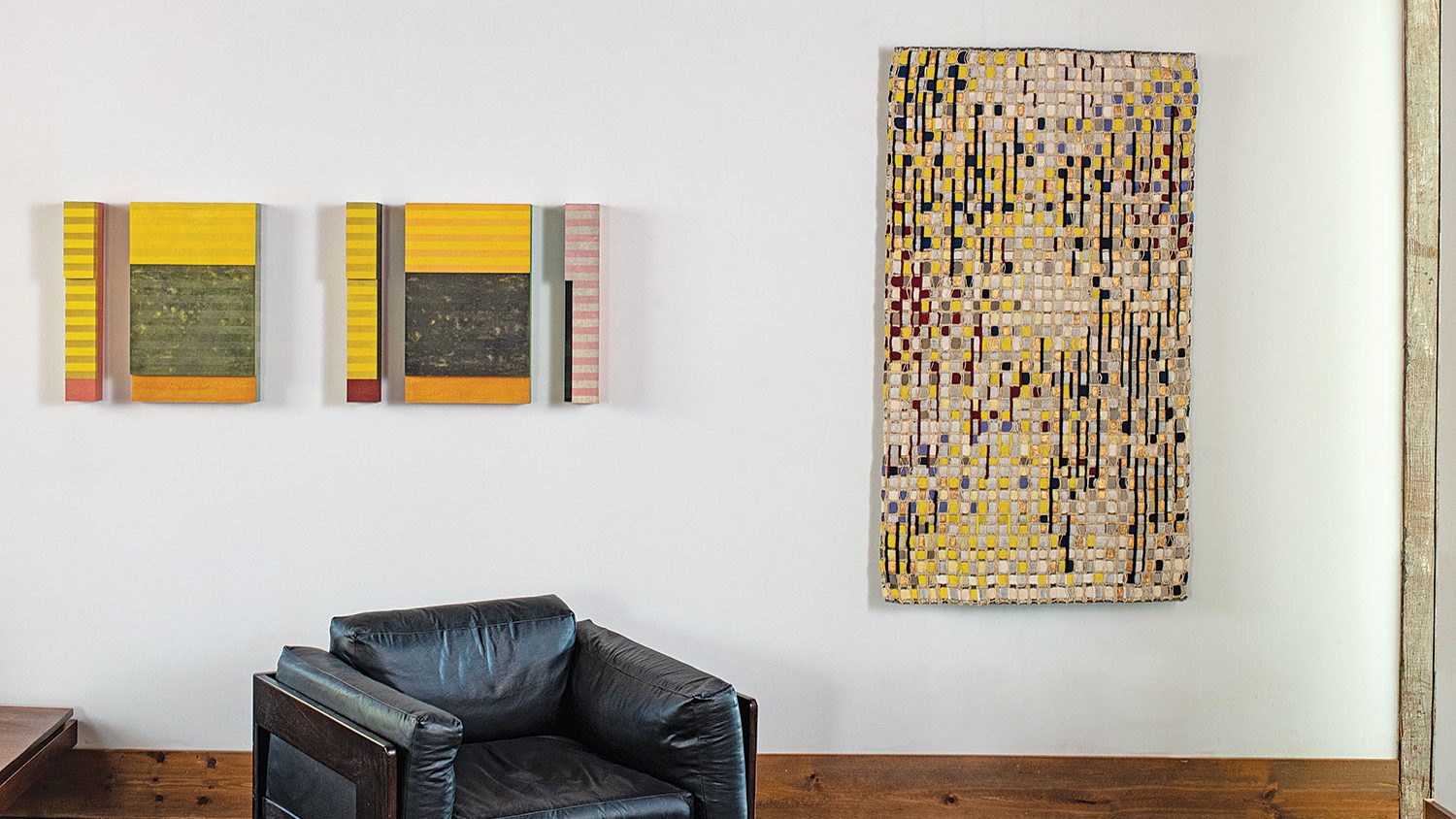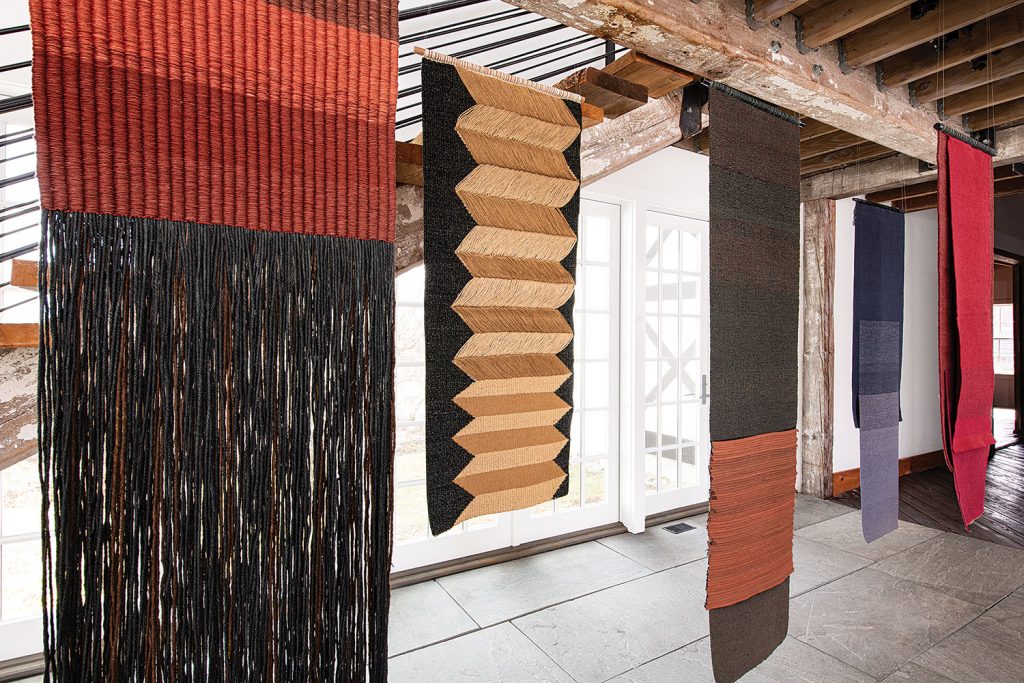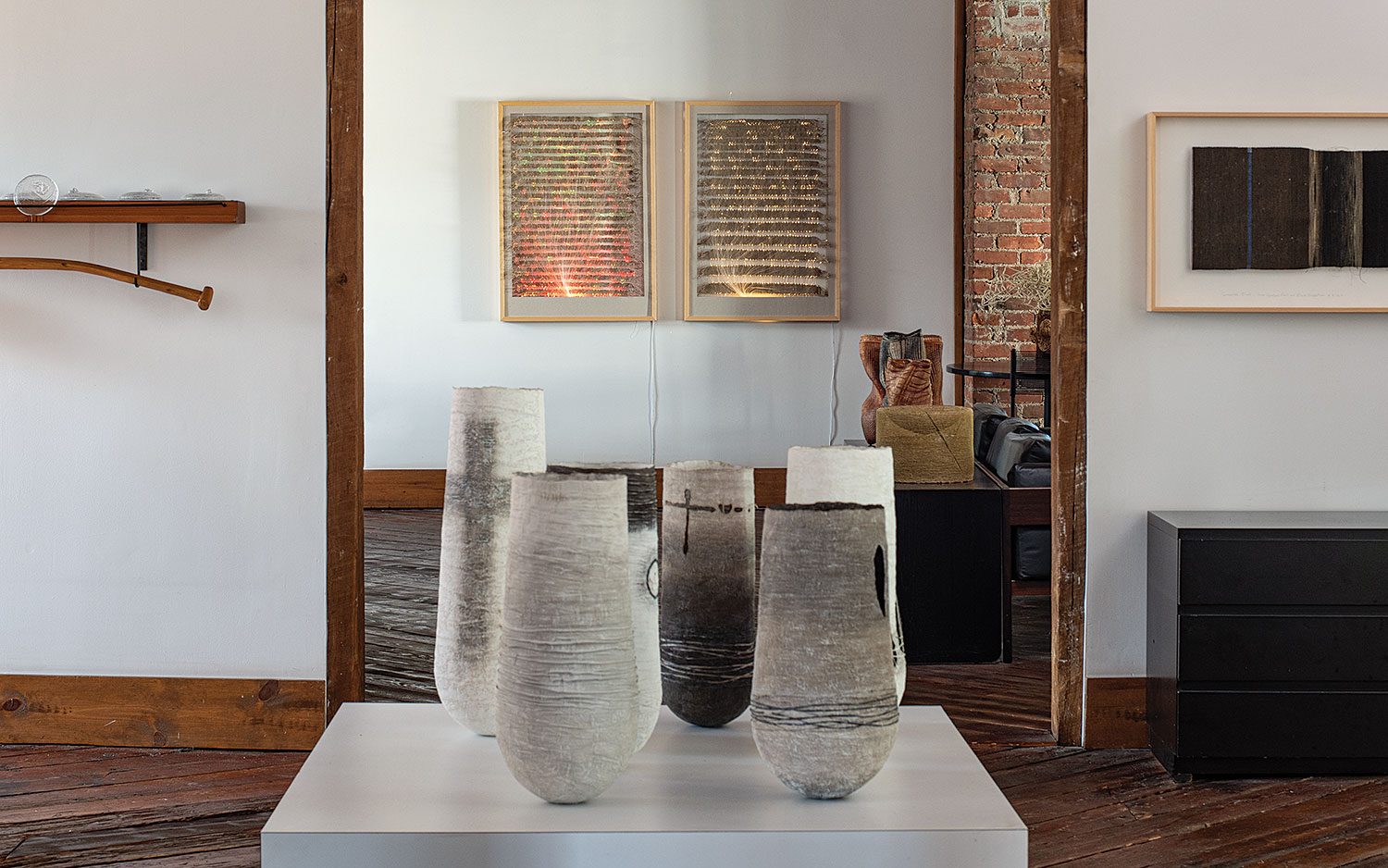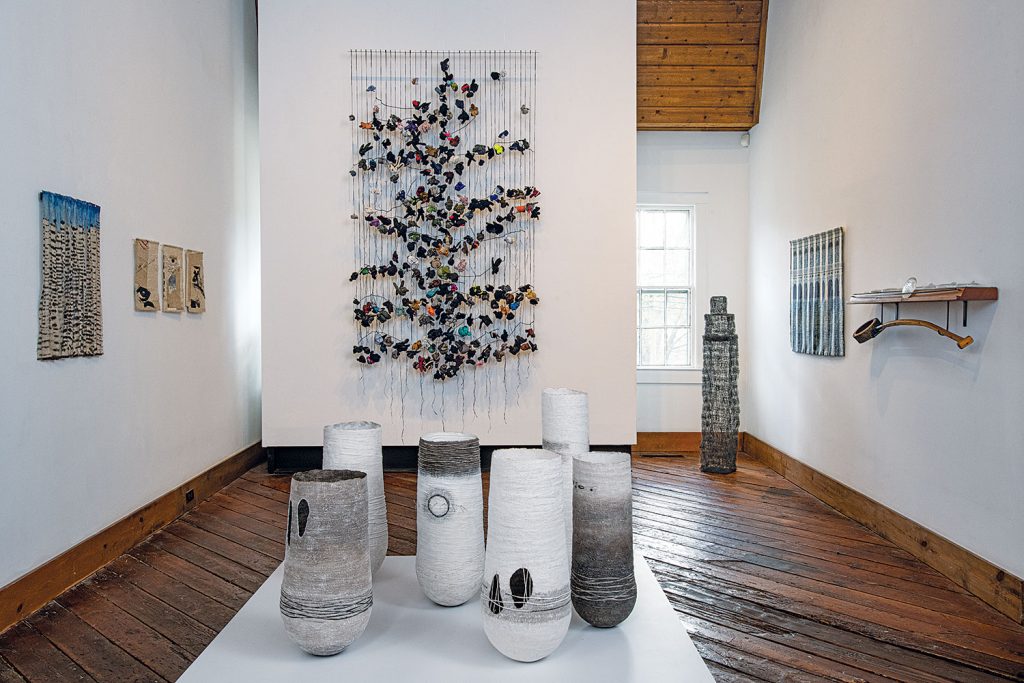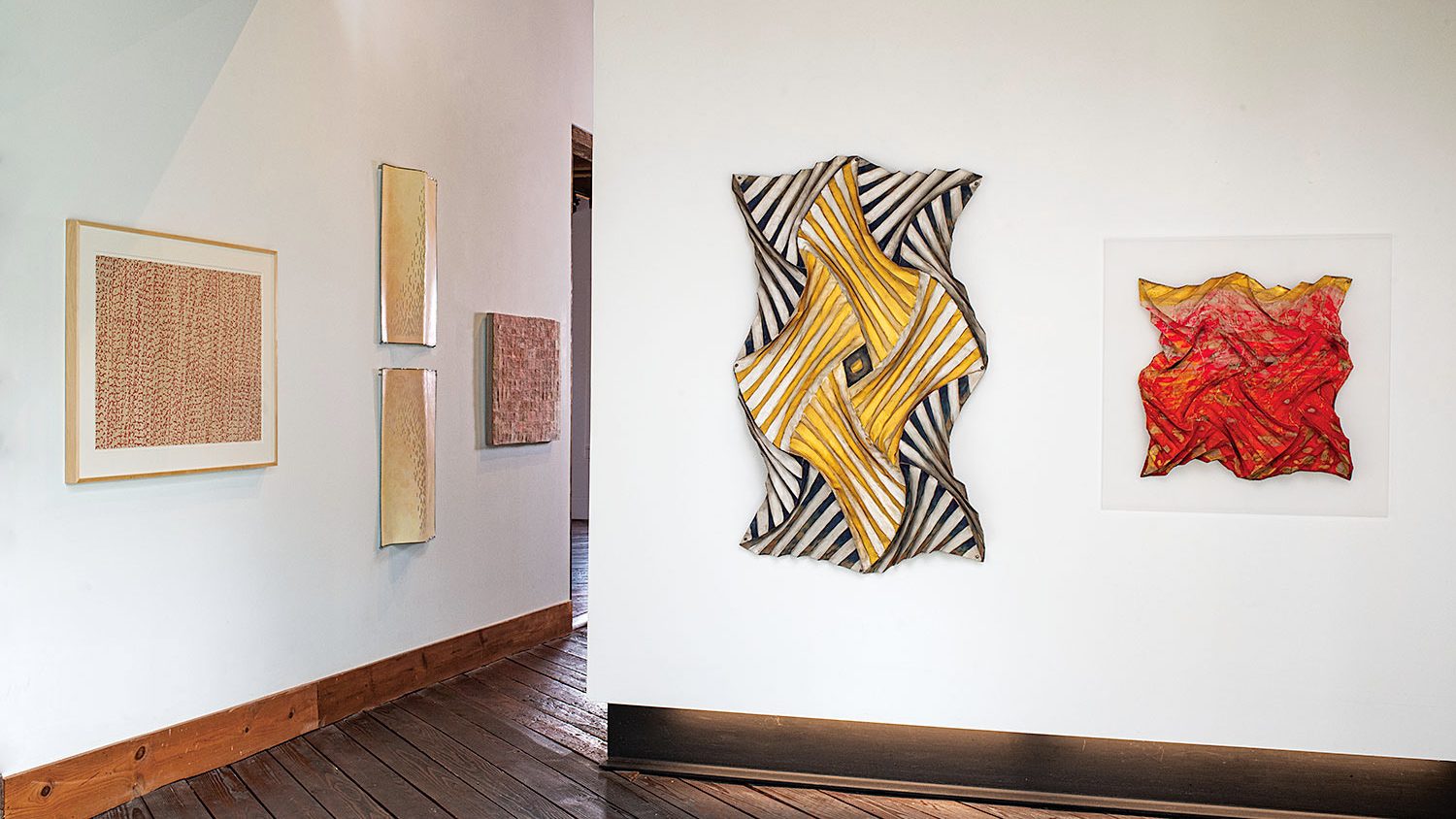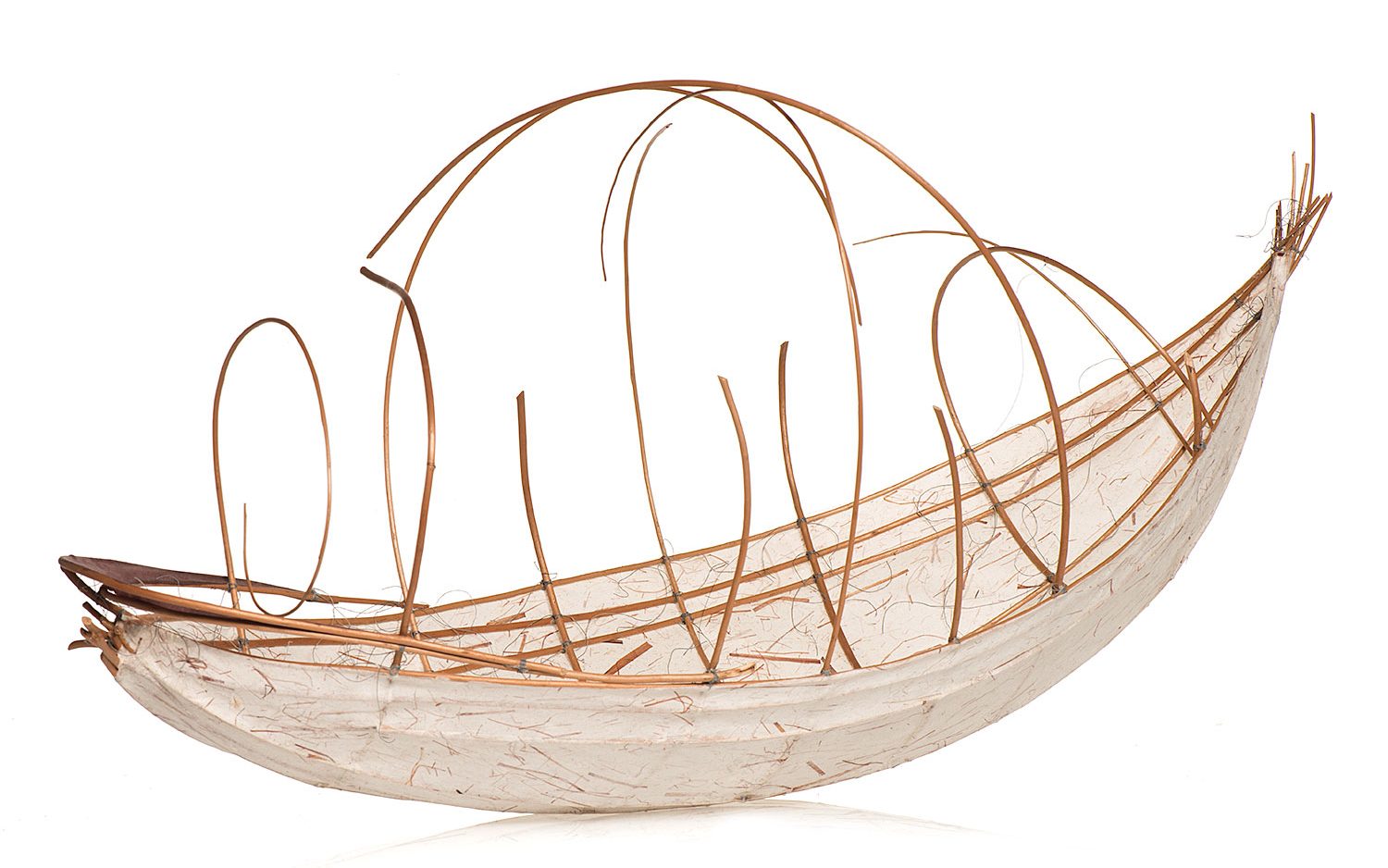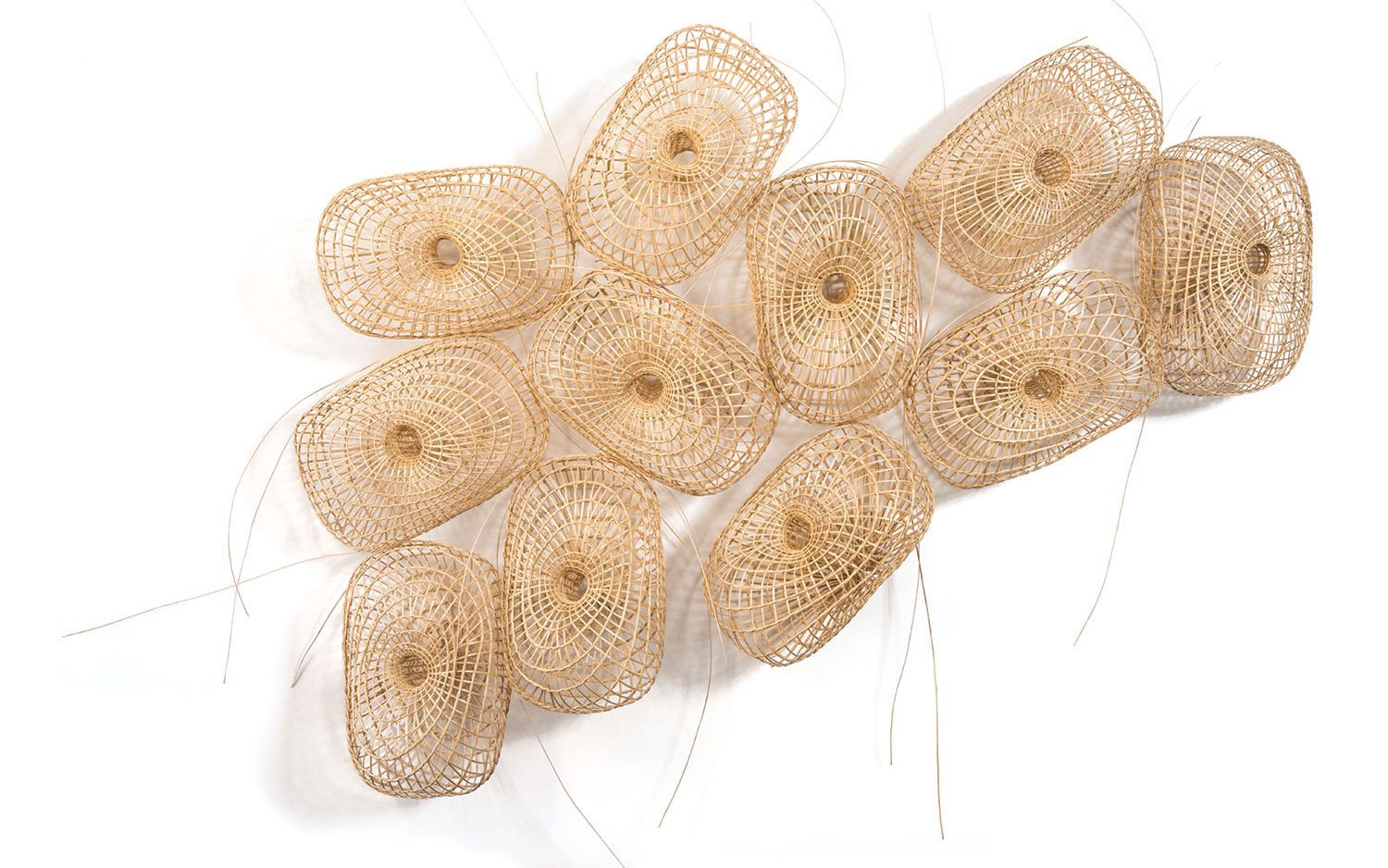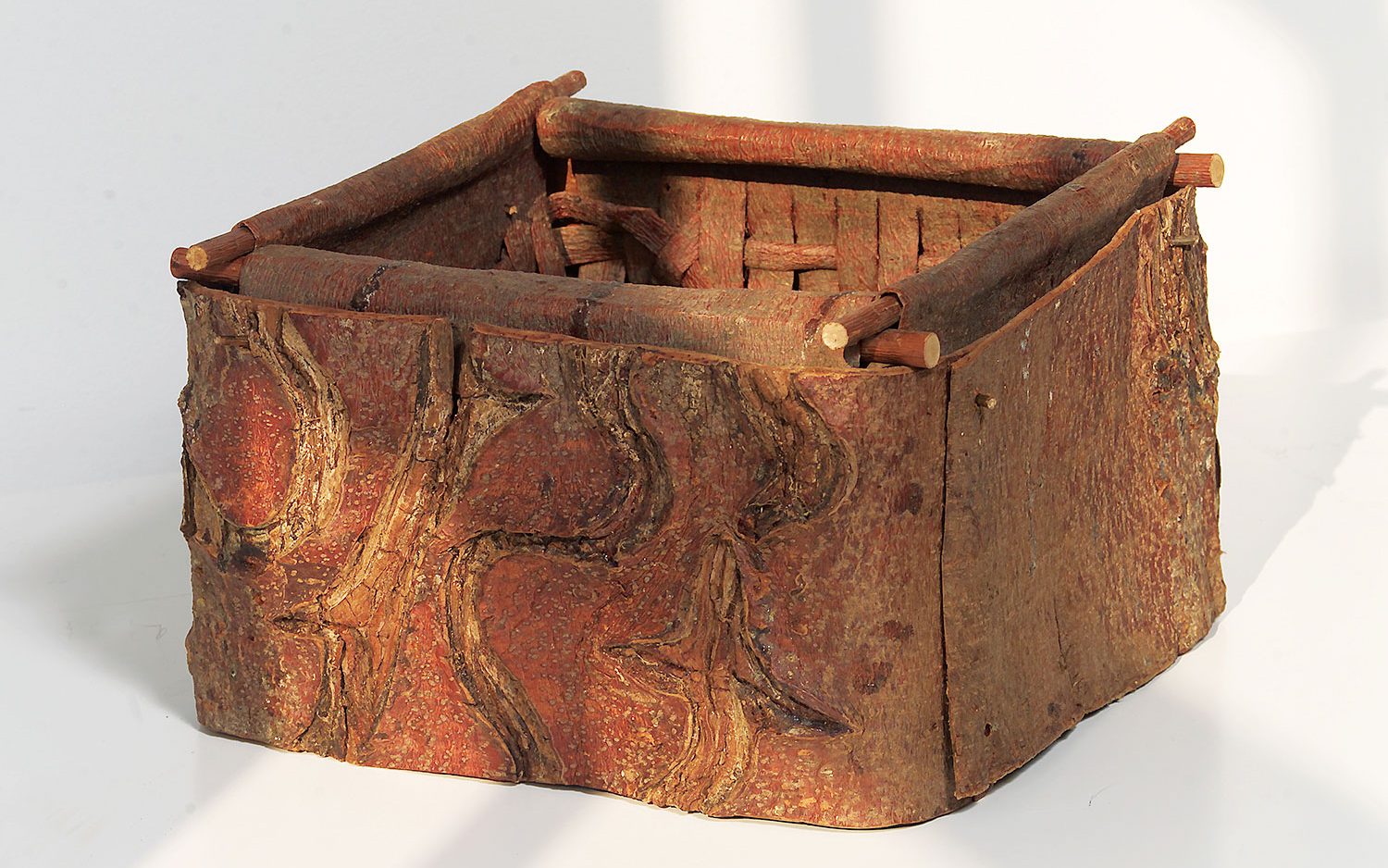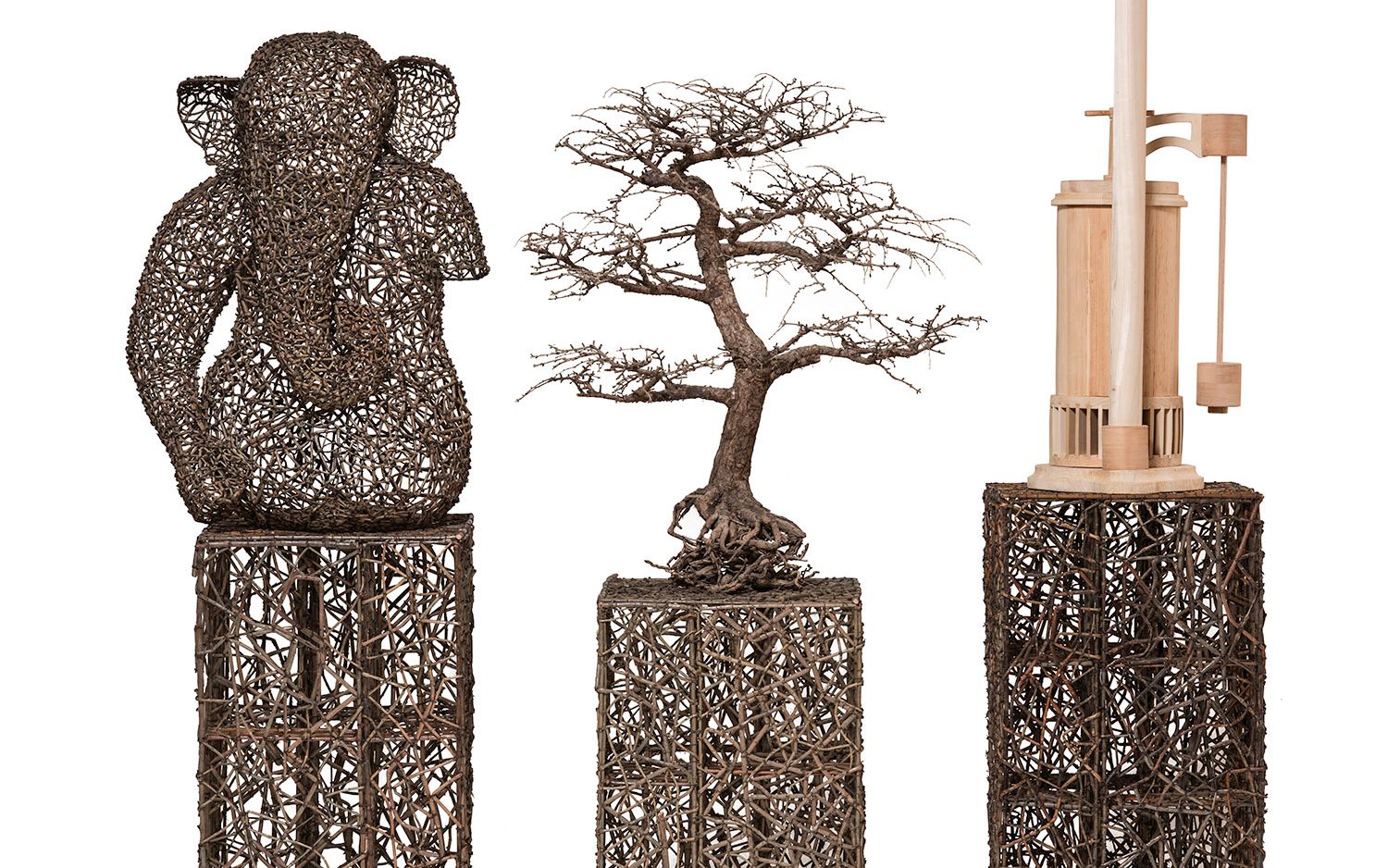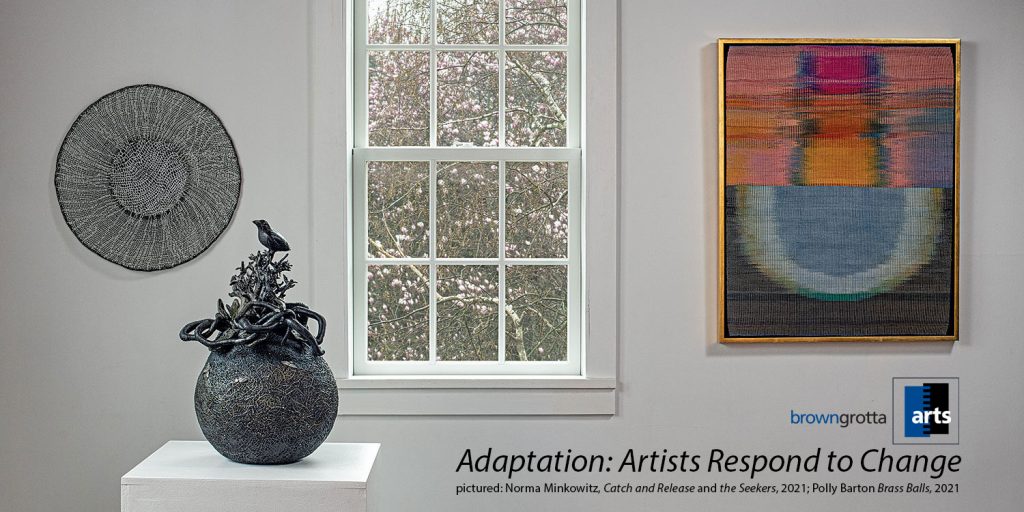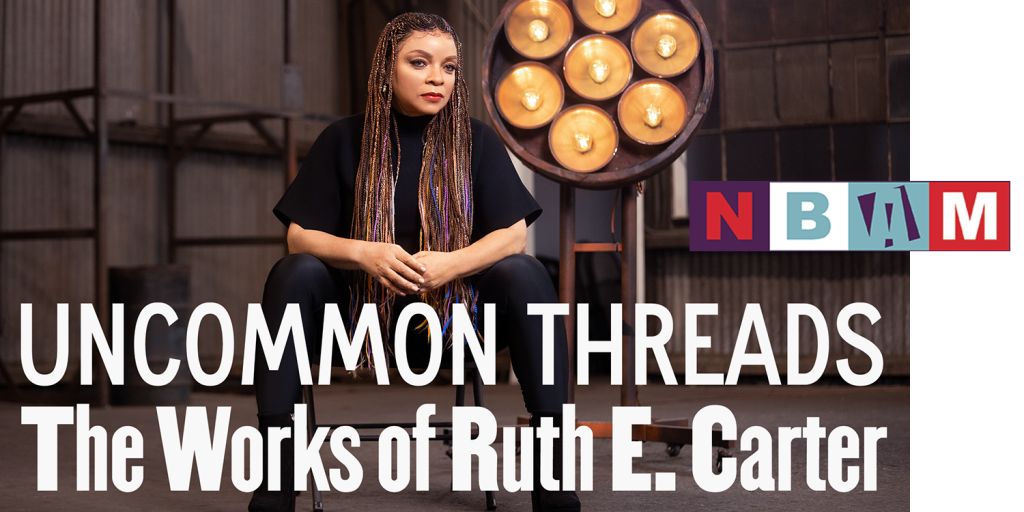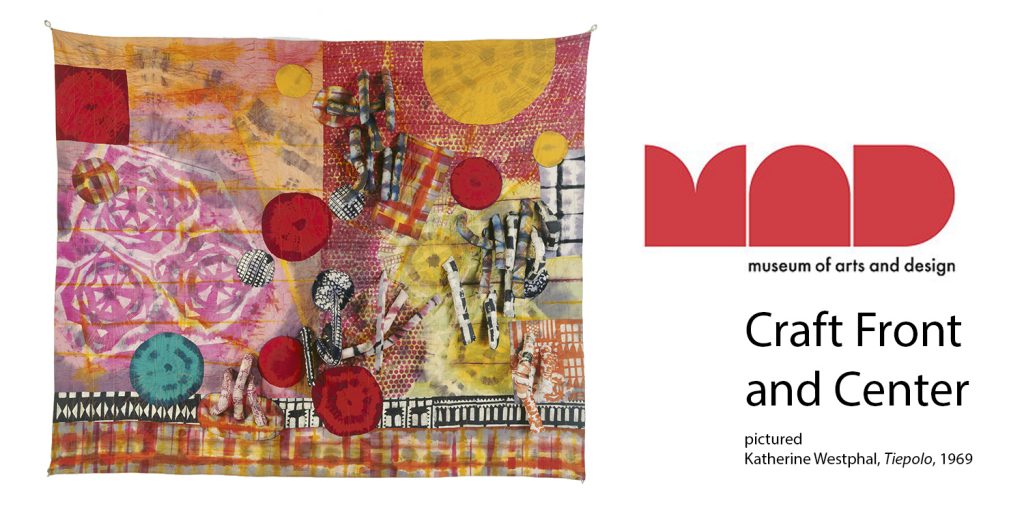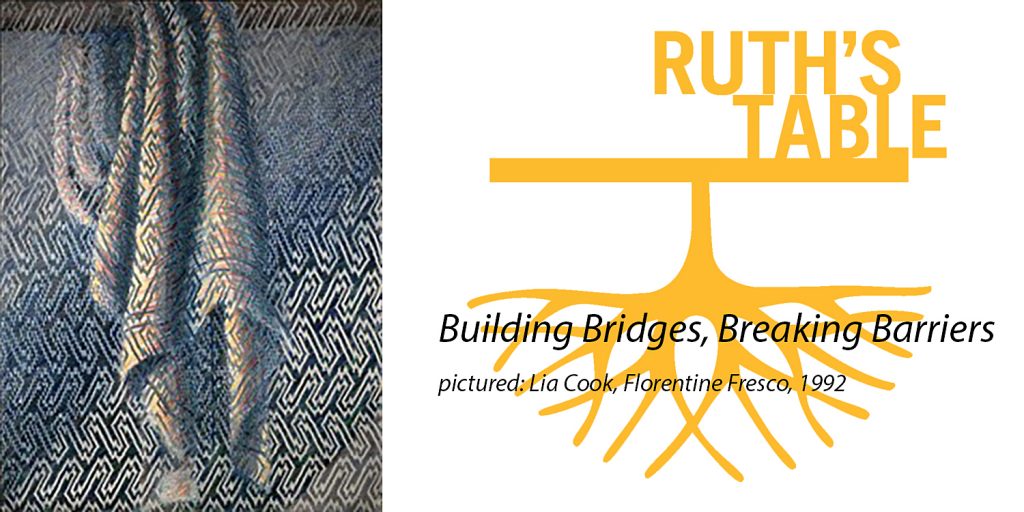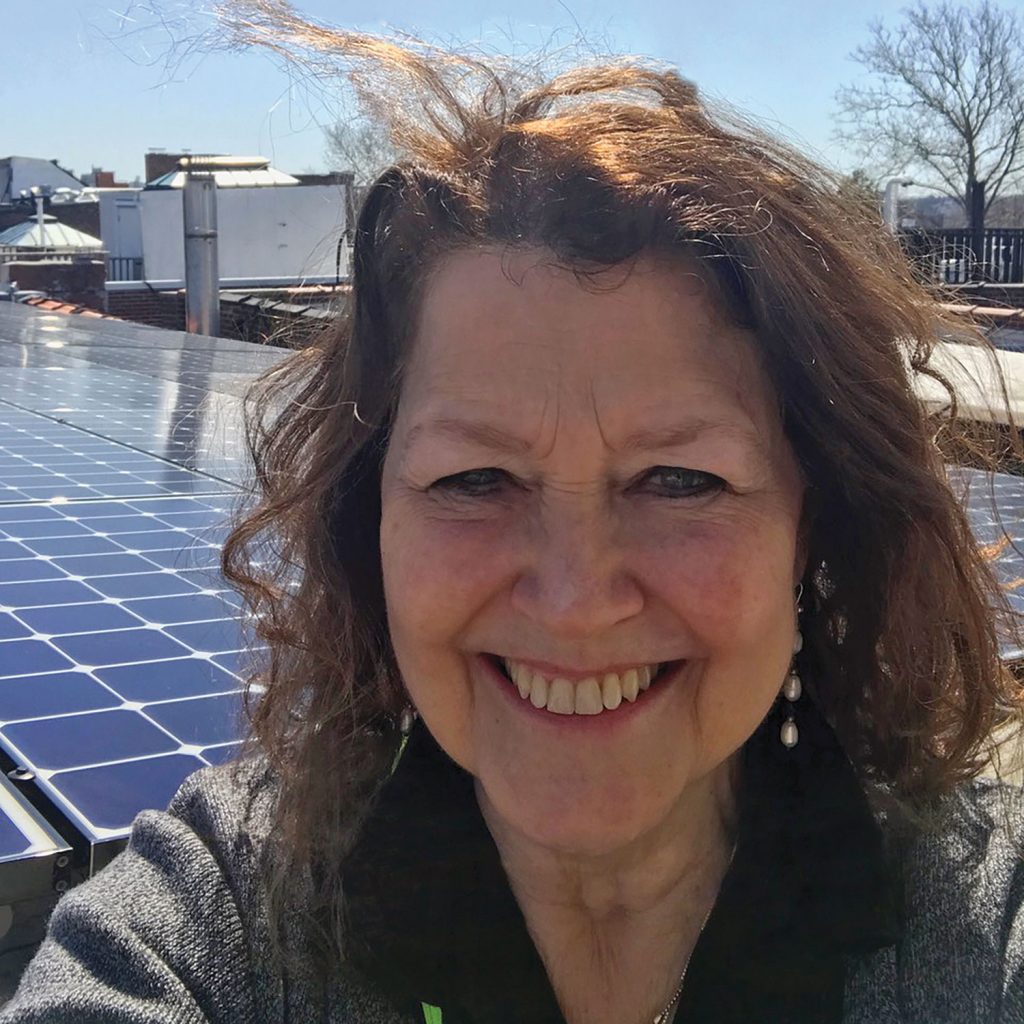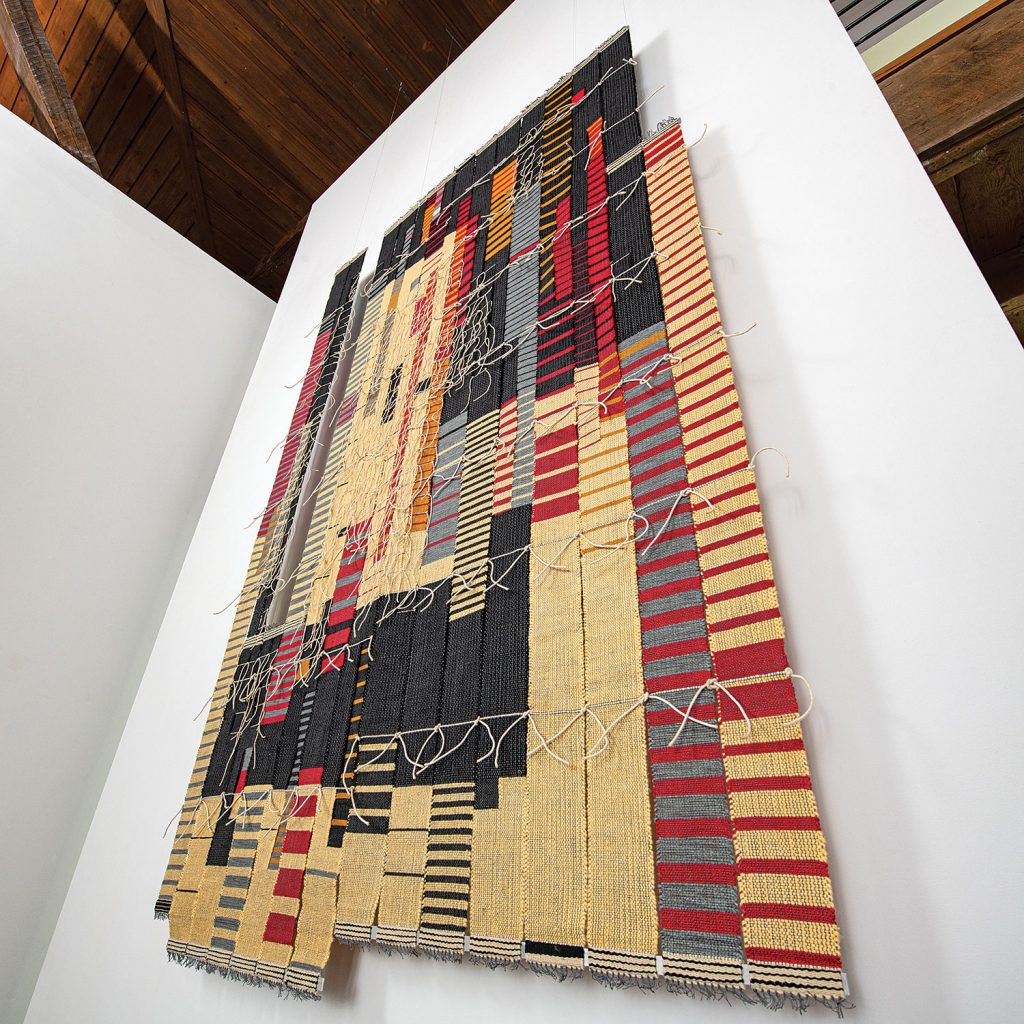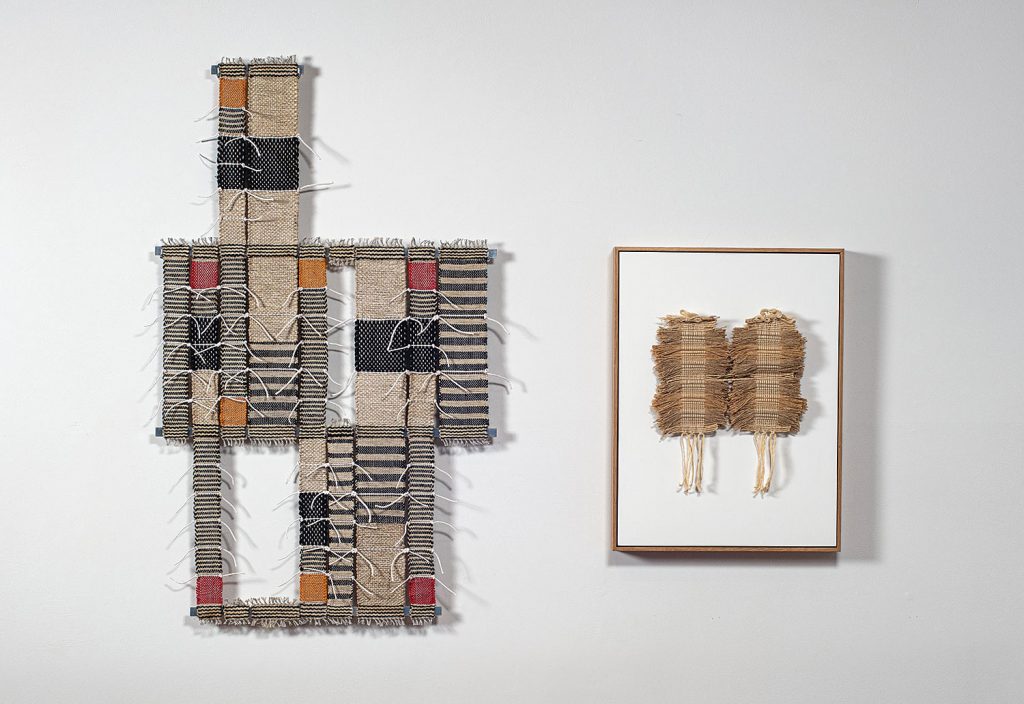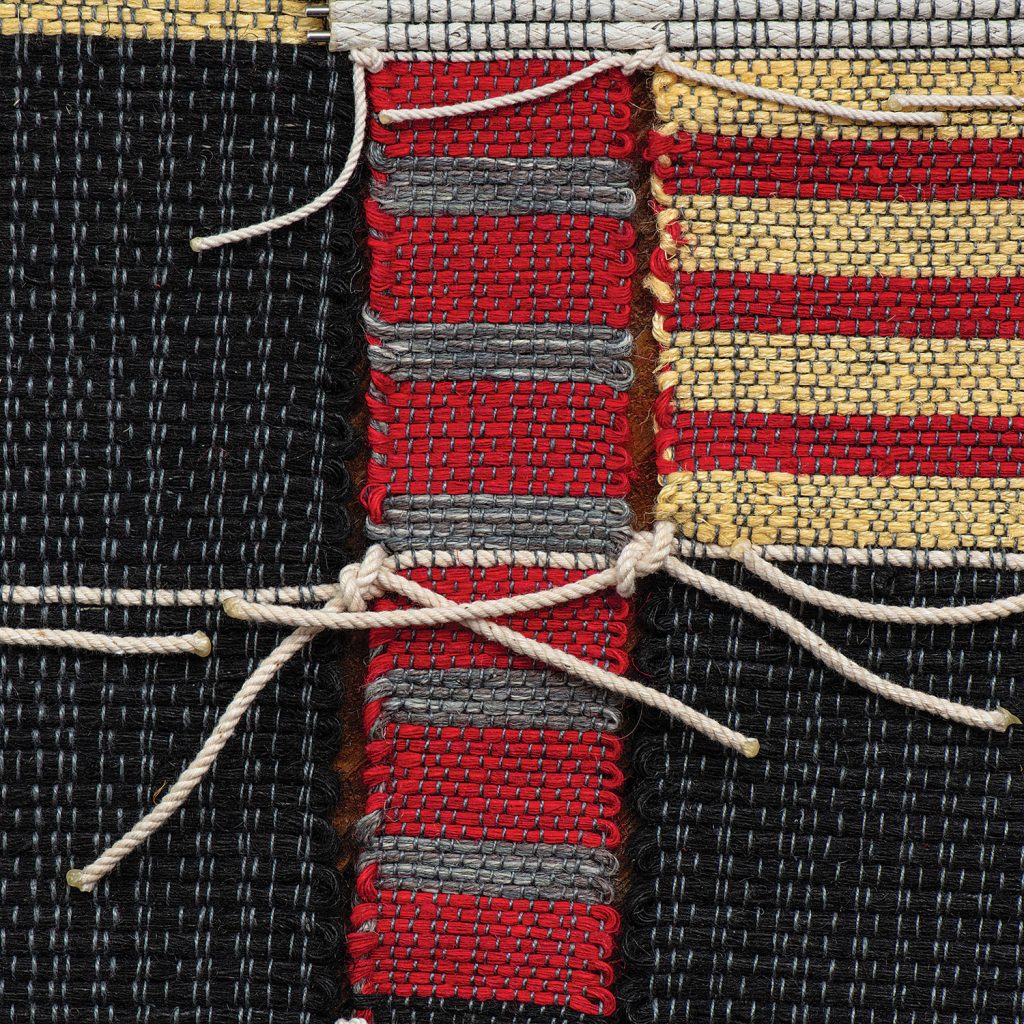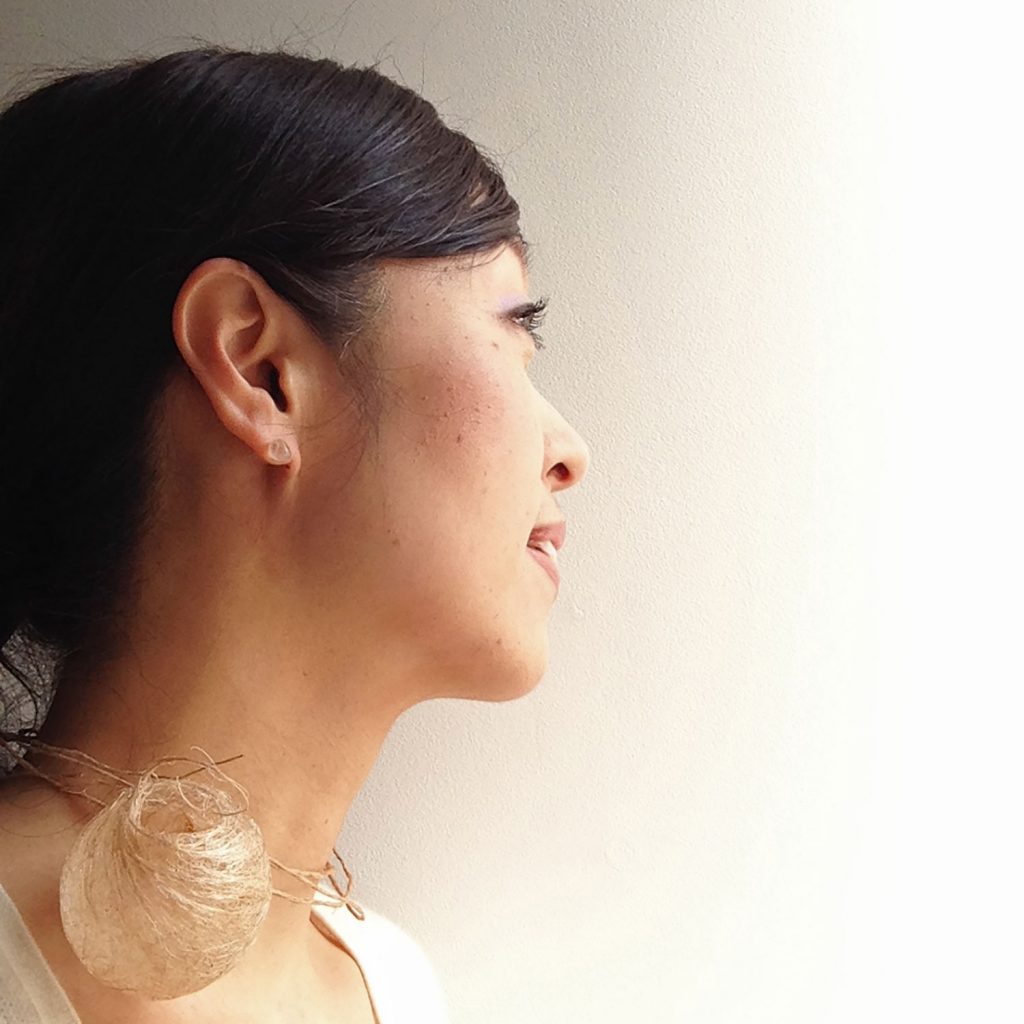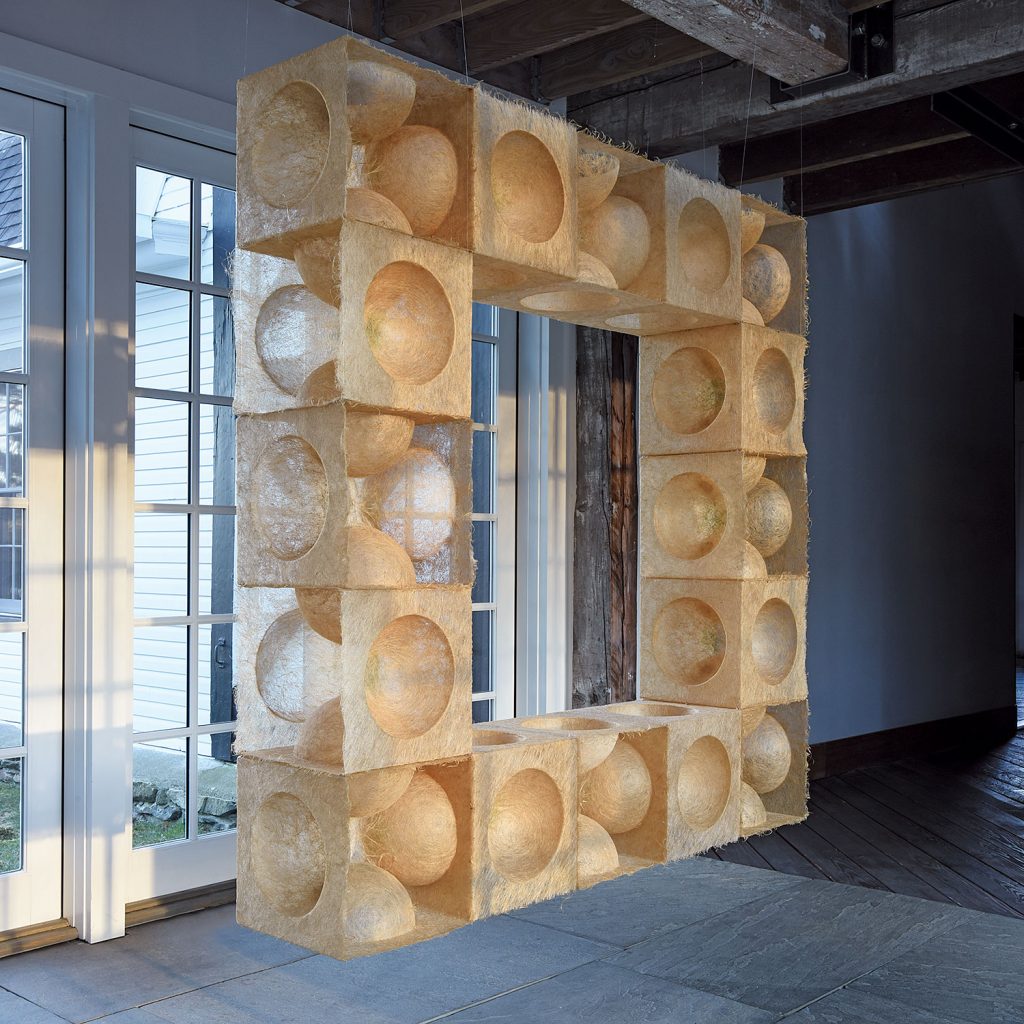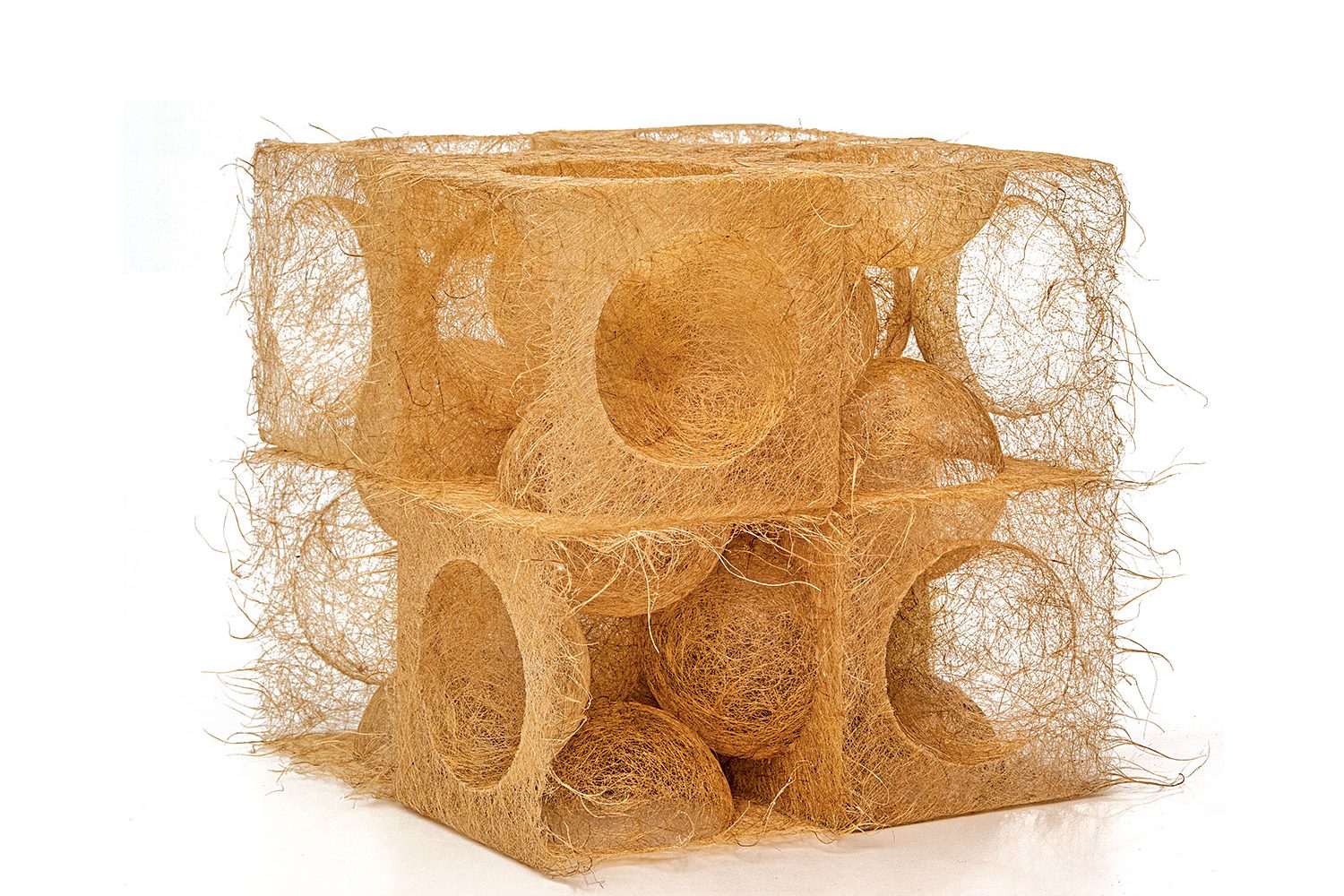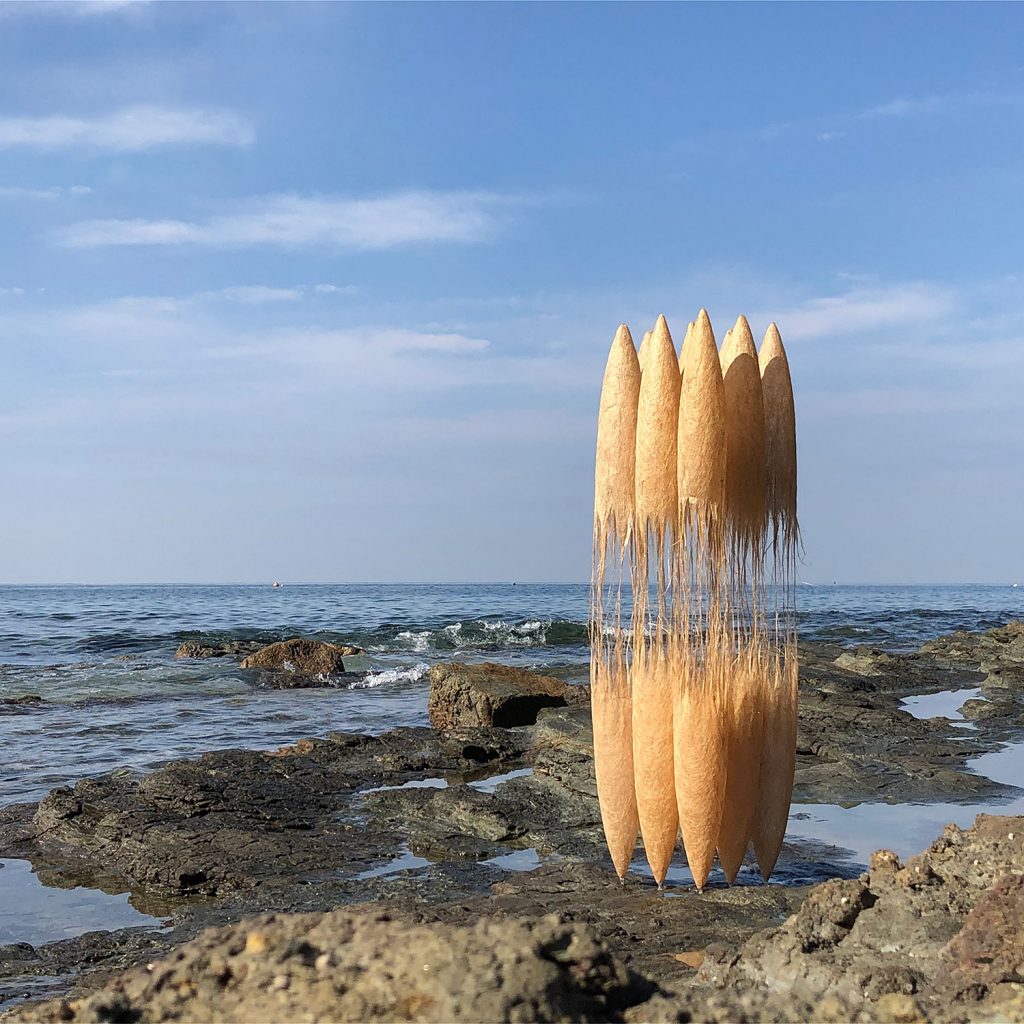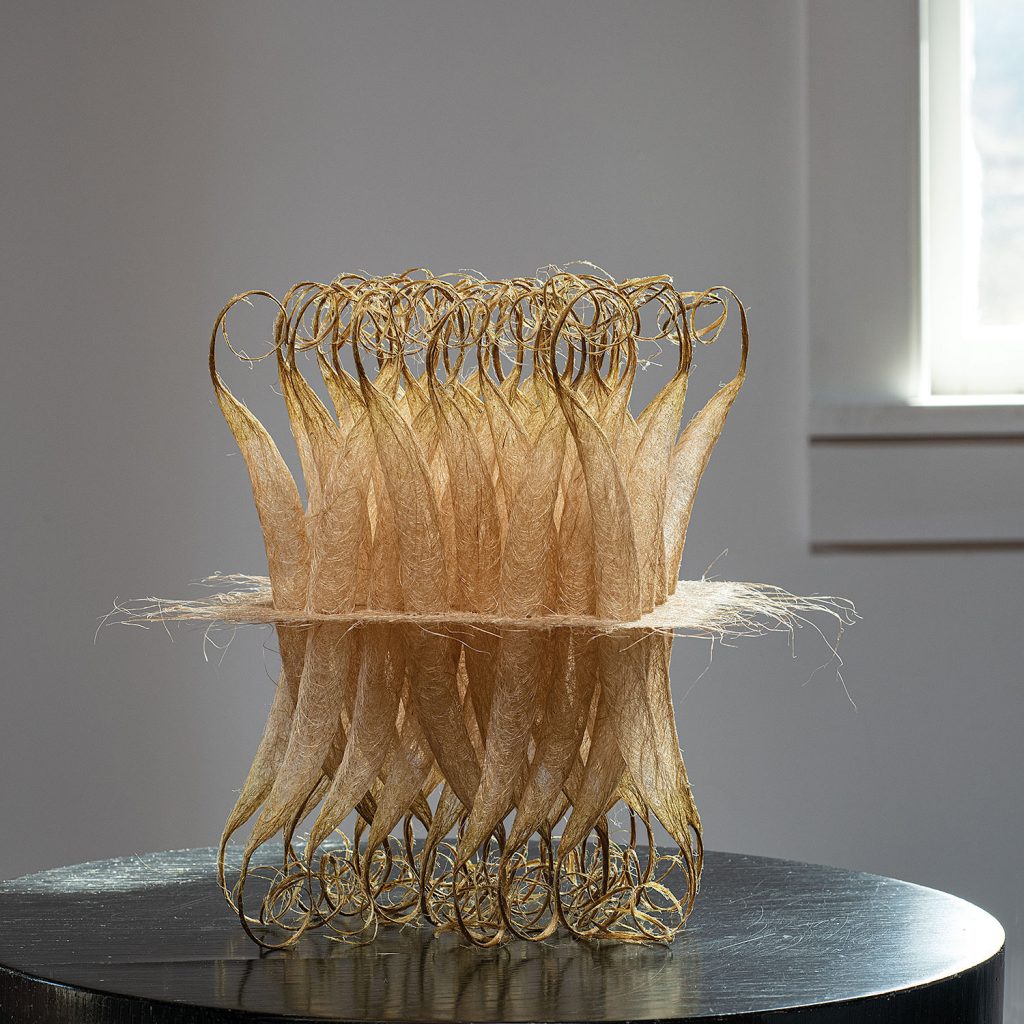More on museum acquisitions of works by artists from browngrotta arts in the last two years. We have 18 works to report on that have been acquired by institutions outside the US — from Norway to Lithuania to Italy to Japan and places in between.
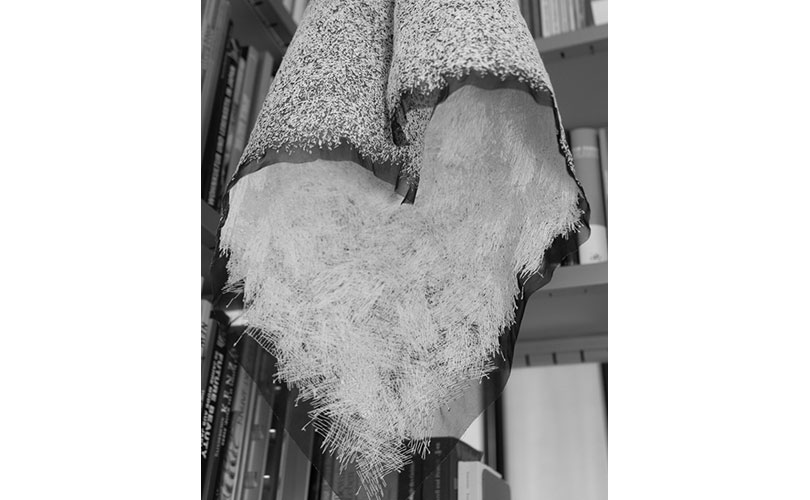
Heidrun Schimmel
Seven works by Heidrun Schimmel have been acquired since 2020. Two by the Staatliche Kunstsammlungen in Dresden, two by Museum of Applied Art, Frankfurt and three by the Diocesan Musuem in Bamberg.

Kyoko Kumai
One work by Kyoko Kumai was acquired by the Angers Museums in Angers, France (Jean-Lurçat and the Museum of Contemporary Tapestry) and another by the Janina Monkute-Marks Art Museum in Kedainai, Lithuania.
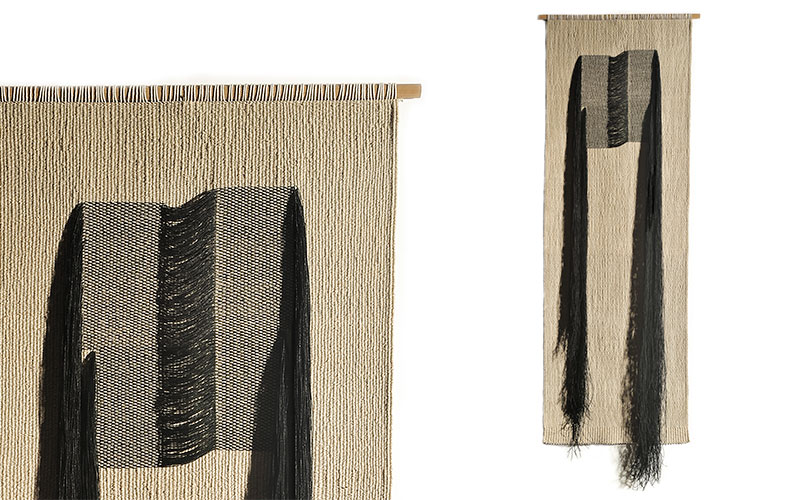
Carolina Yrarrázaval
Two tapestries were selected on May of this year at Yrarrázaval’s exhibition in Kyoto by the National Museum of Contemporary Art in Kyoto.
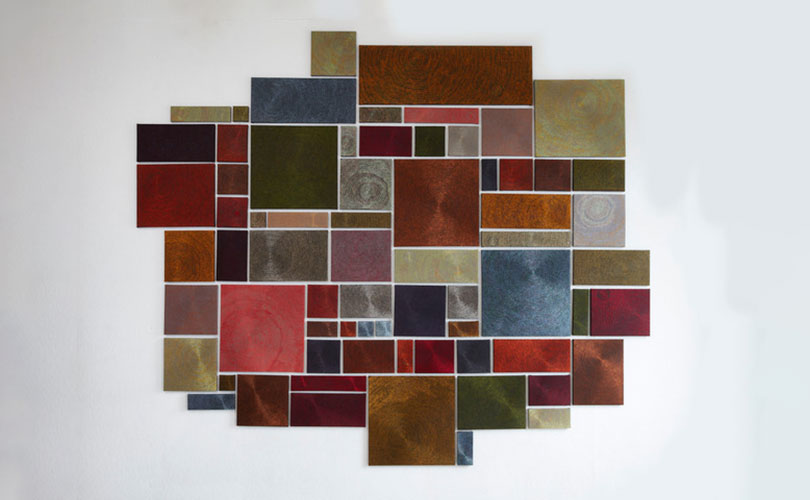
Åse Ljones
Åse Ljones‘ work, Atterskin, was purchased by Nordenfjeldske Art and Craft Museum in Trondheim , Norway in 2020 and Mylder was purchased The National Museum of Art, Architecture and Design in Oslo, March 2021.
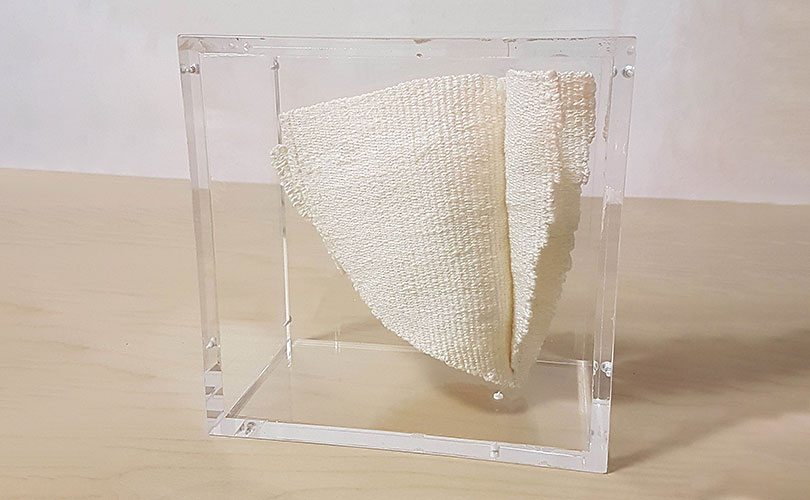
Federica Luzzi
An encased textile, Shell-Omaggio a Costanino Dardi, by Federica Luzzi was acquired by the Museum of Contemporary Art, Salerno, Italy for a collection curated by Fondazione Filiberto e Bianca Menna – Centro Studi D’Arte Contemporanea.
The textile object is suspended and anchored with nylon thread in a plexiglass box. Like a seed, with an aerodynamic shape that is structured for long movements and transport, it is closed in a box that prevents its natural and complete movement, it is trapped in it. “This work was done just before the outbreak of the pandemic,” Luzzi says. “So without knowing what would happen, but continuing my research on envelopes, I visualized even better the containment condition of a body.”

Simone Pheulpin
Two artworks by Simone Pheulpin have been acquired by the Musée des Arts Décoratifs i(MAD) inn Paris in December 2019: Jéromine, Série Eclipse (2019); Eclosion Epingles (2019). Another, Détail VII (2021), will be acquired by the same museum in 2021. The acquisitions were organized by the Galerie Maison Parisienne in Paris.
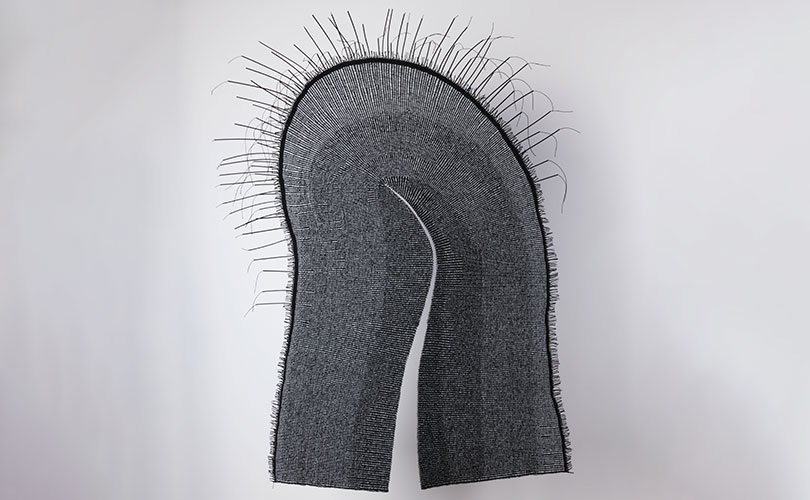
Wlodzimierz Cygan
In 2021, Organic (2018) by Wlodzimierz Cygan was acquired by the Musée de la Tapisserie et des Arts Textiles de la Fédération Wallonie-Bruxelles (TAMAT) in Tournai, Belgium.




